Hyogo Park of the Oriental White Stork
The Hyogo Park of the Oriental White Stork was opened in 1999.
The park is a research institution dedicated to the restoration of the Oriental White Stork, which disappeared from the wild in Japan in 1971.
A systematic conservation movement has been in place since 1955 to restore the species in the wild.
At the park you can see Oriental White Stork that have been born and raised in captivity in the open cage.
The park also has a museum and information center where visitors can learn about the storks, breeding, and the conservation program.
Visitors are welcome to listen to educational lectures about the facilities and Oriental White Storks by staff.
It has also become a popular spot for couples wishing to have children. It is said that seeing an Oriental White Stork will bring you love and also children.
Inside the culture pavilion you can find dioramas about the local ecosystem, the life cycle of the Oriental White Stork and also several small activities for younger children to enjoy.
Entrance to the park and the culture pavilion is free, but donations are welcome.
Official English site for Hyogo Park of the Oriental White Stork
Access
The Hyogo Park of the Oriental White Stork is approximately 5km from JR Toyooka Station. The easiest and fastest way to get to the park is by car.
Hachigoro Toshima Wetlands
Hachigoro Toshima Wetlands, registered with the Ramsar Convention, consists of rice paddy fields converted into a wetland.
It is located near the mouth of the Northern Maruyama River about 1.5 km from JR Kinosaki Onsen Station.
The wetland is a brackish water area that sits on a flood plain, nestled in a mountain valley.
It is an easy and very picturesque bike ride from the neighboring hot spring town of Kinosaki Onsen.
Hachigoro Toshima Wetlands covers an area of approximately 3.8ha, of which 2.5ha is freshwater wetlands and 0.9ha is brackish wetlands.
It creates an organic connection between the surrounding undeveloped woodland area, streams, rice fields, river and ocean, enhancing the wetland ecosystem.
Near the mountains you can see Oriental White Storks nesting in an artificial nest at the top of the tower each spring.
It is also a popular hunting and foresting site for other local species of birds, making it a great place for bird watching.
Access
Hachigoro Toshima Wetlands is located approximately 1.5km from JR Kinosaki Onsen Station. To get there you can either walk (about 20min), ride a bicycle, or drive.
Other Oriental White Stork Attractions
Where to Find the Oriental White Stork in the Wild
-
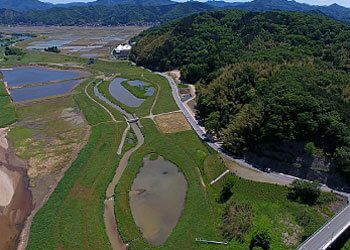
Kaya Wetland
Various wetlands created from the nearby riverbeds of the Maruyama River and Izushi River.
-
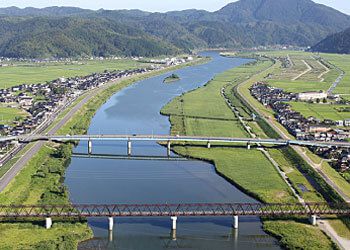
Maruyama River & Izushi River
Working with flood management policy, many shallows are created along the riverbed to promote the restoration of nature.
-
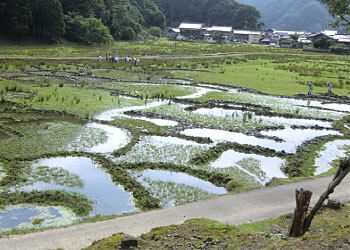
Tai Wetland
The people of Tai Village near Kinosaki Onsen along with researchers are involved in the preservation of the surrounding rice paddies to create this flourishing wetland.
-
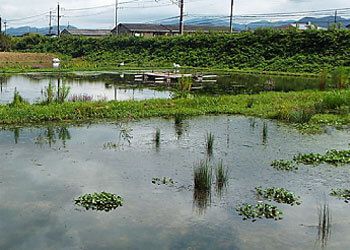
Rice Paddy Biotopes
Unused rice fields are turned into biotopes and used as corridors for connecting wetlands, creating a greater feeding area for the Oriental White Stork.
-
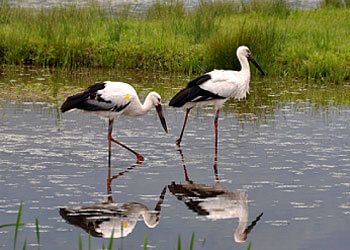
Lower Maruyama River & Surrounding Rice Paddies
Registered with the Ramsar Convention as an internationally important wetland in 2012.
BUSINESS INFORMATION
- Business Hours
-
HYOGO PARK OF THE ORIENTAL WHITE STORK
9AM - 5PM
HACHIGORO TOSHIMA WETLAND
9AM - 5PM
- Holidays / Closed
-
HYOGO PARK OF THE ORIENTAL WHITE STORK
Closed Mondays except for when a Monday is a national holiday, then it will be closed Tuesday after the national holiday.
Also closed December 28 - Jan 04
HACHIGORO TOSHIMA WETLAND
Closed Tuesdays except for when a Tuesday is a national holiday, then it will be closed the Wednesday after the national holiday.
Also closed December 28 - Jan 03
- Address
-
HYOGO PARK OF THE ORIENTAL WHITE STORK
128 Shounji, Toyooka, Hyogo
HACHIGORO TOSHIMA WETLAND
1362 Kinosakicho Imazu, Toyooka, Hyōgo Prefecture 669-6103
- Entrance Fee
-
Free for both facilities.
There is a coin bank located near the reception at the Hyogo Park of the Oriental White Stork. Those who make a donation are presented with a small stork origami craft.
- Supported Languages
- English information is available at the Hyogo Park of the Oriental White Stork.
OTHER
- Parking
- Free parking at both facilities

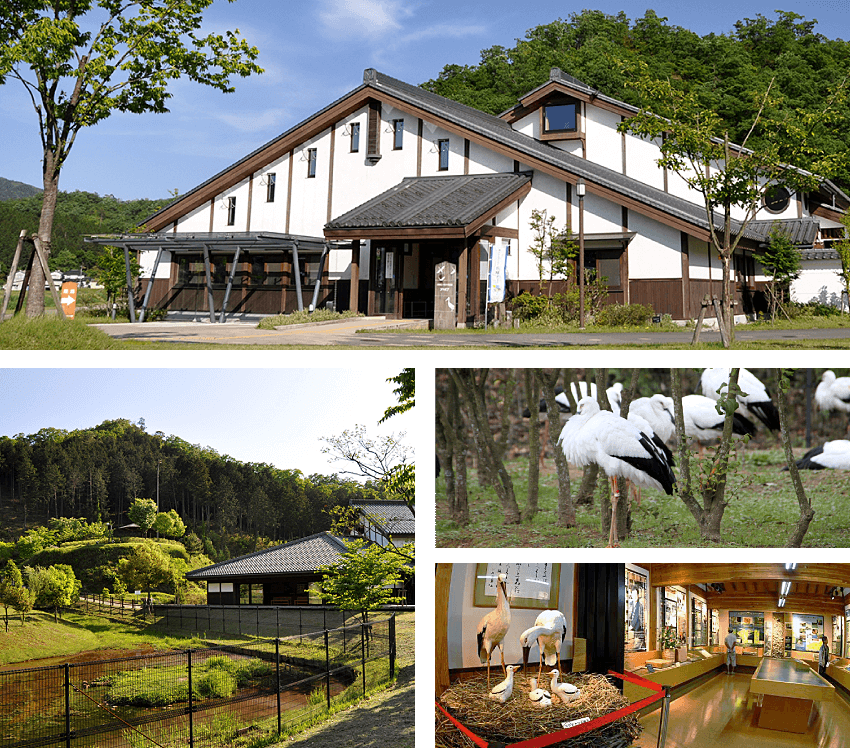
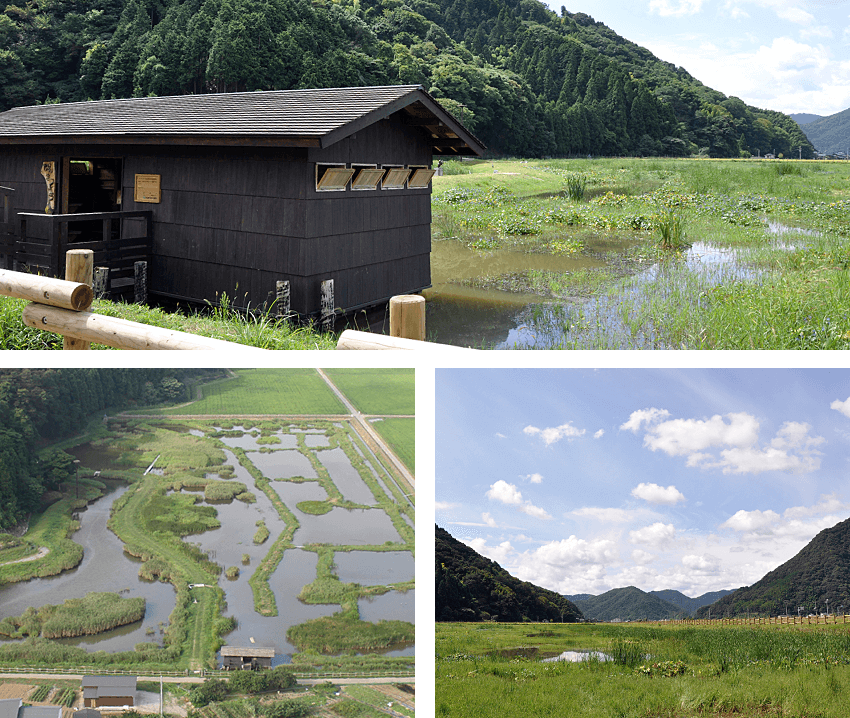
Toyooka City is dedicated to the preservation and reintroduction of the Oriental White Stork.
Several land areas in Toyooka City have been designated as wildlife reserves and are used to help reintroduce the Oriental White Stork back into the wild.
Two of the main reserves are the Hyogo Park of the Oriental White Stork in Toyooka and the Hachigoro Toshima Wetlands in Kinosaki Onsen.
Both are open to the public and provide educational information on the Oriental White Stork, recommended for families with small children.
Learn more about the Oriental White Stork